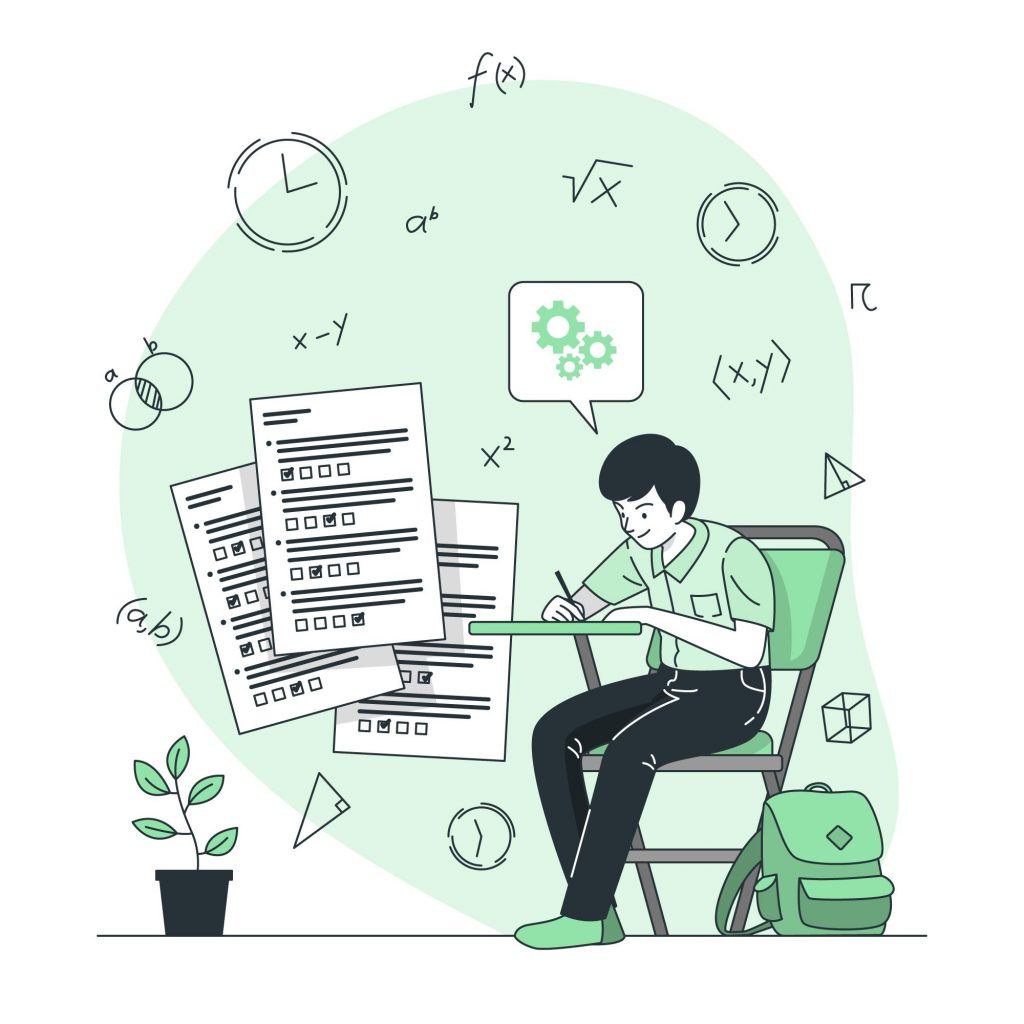Enhancing Targeted Skills
**1. Identifying Weaknesses:
- Diagnostic Assessment:
- Reviewing mistakes helps in identifying specific areas of weakness through diagnostic assessments.
- Recognizing patterns in errors provides insights into which concepts or question types need further attention.
**2. Targeted Learning:
-
Customized Study Plans:
- Correcting mistakes allows for the creation of personalized and targeted study plans.
- Focus on the specific skills or topics where improvement is needed, optimizing study time.
-
Content Mastery:
- Addressing mistakes ensures a deep understanding of the content, promoting mastery of the fundamental concepts tested in both Math and English sections.
**3. Enhanced Problem-Solving:
-
Analyzing Solution Strategies:
- Reviewing mistakes involves analyzing the thought process behind incorrect answers.
- This analysis helps in refining problem-solving strategies, ensuring a more effective approach to similar questions in the future.
-
Understanding Common Pitfalls:
- Identifying common pitfalls and misconceptions through mistake analysis enhances critical thinking and helps in avoiding similar errors.
**4. Building Confidence:
-
Learning from Errors:
- Turning mistakes into learning opportunities boosts confidence by demonstrating that setbacks are an inherent part of the learning process.
- Understanding why an error occurred empowers students to approach similar questions with greater assurance.
-
Progress Monitoring:
- Regularly correcting mistakes allows students to track their progress over time.
- Witnessing improvement in areas that were once challenging contributes to a positive mindset.
**5. Test-Taking Strategies:
-
Refining Strategies:
- Mistake analysis aids in refining test-taking strategies.
- Students can adjust their approach to questions, time management, and decision-making based on insights gained from correcting mistakes.
-
Adapting to Question Formats:
- SAT questions often follow specific formats. Identifying and correcting mistakes helps students become familiar with these formats and adapt their strategies accordingly.
**6. Application to Real Test Scenarios:
-
Simulating Test Conditions:
- Correcting mistakes in simulated test conditions replicates the pressure and time constraints of the actual SAT.
- This practice enhances performance under exam-like circumstances.
-
Reducing Test Anxiety:
- Familiarity with common question structures and the ability to correct mistakes instill a sense of preparedness, reducing test anxiety.
**7. Time Management:
-
Efficient Problem Solving:
- Recognizing mistakes and understanding the correct solutions contribute to more efficient problem-solving.
- This efficiency is crucial for managing time effectively during the timed SAT test.
-
Strategic Guessing:
- Mistake analysis guides strategic guessing in cases where the correct answer is uncertain, enhancing overall time management.
**8. Preventing Common Errors:
-
Error Pattern Recognition:
- Consistent mistake correction helps in recognizing and preventing recurring errors.
- Developing strategies to avoid common pitfalls becomes an integral part of SAT preparation.
-
Self-Awareness:
- Understanding one’s own tendencies and common mistakes fosters self-awareness, enabling students to approach the test with a proactive mindset.
In conclusion, the process of correcting mistakes is a dynamic and integral part of SAT preparation. It not only addresses specific Math and English skills but also contributes to a more holistic and effective approach to the test. By leveraging mistakes as learning opportunities, students can enhance their understanding, refine strategies, and ultimately improve their performance on the SAT.
